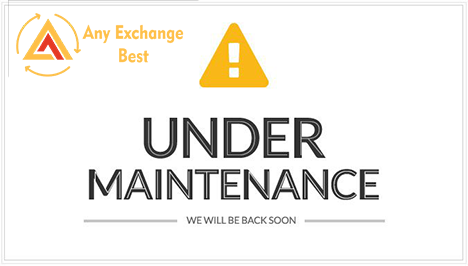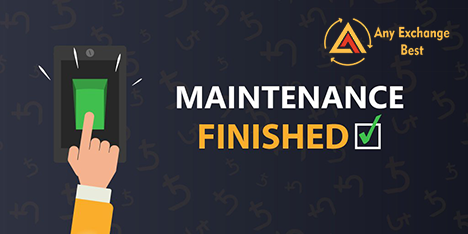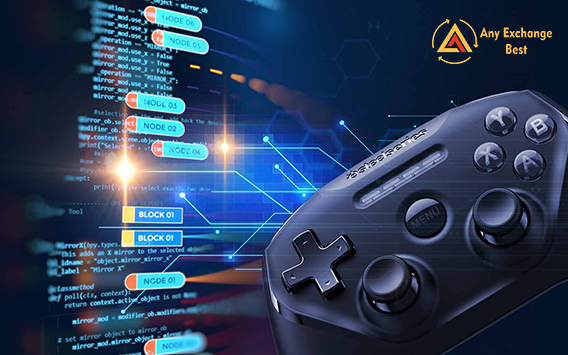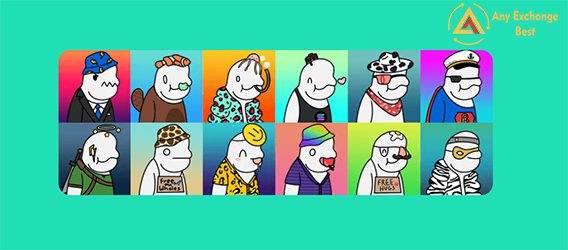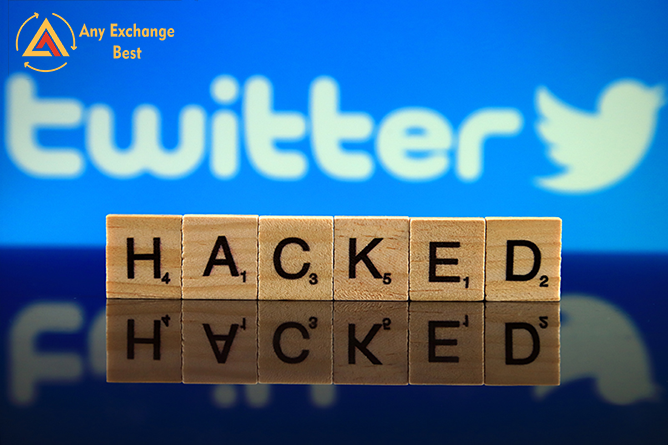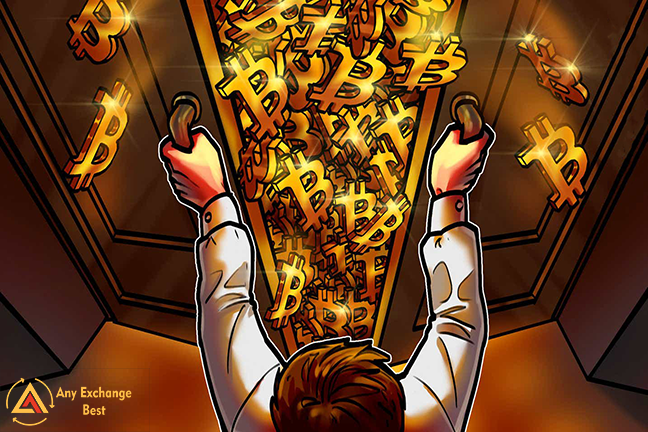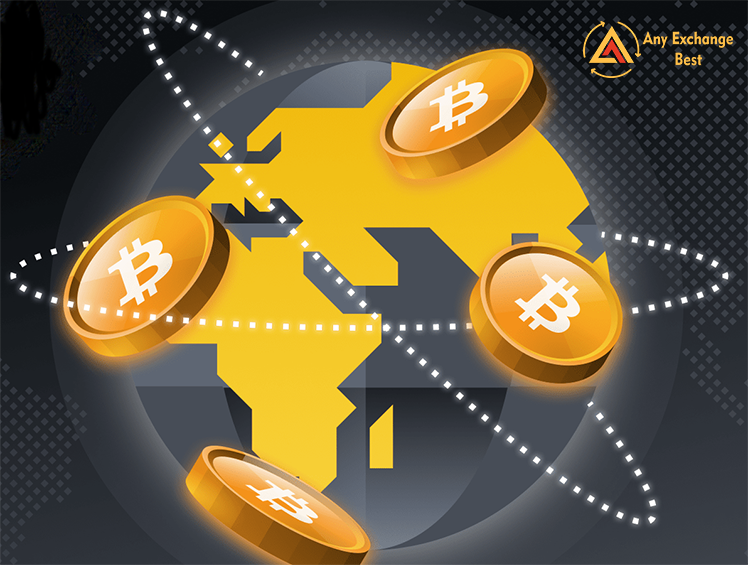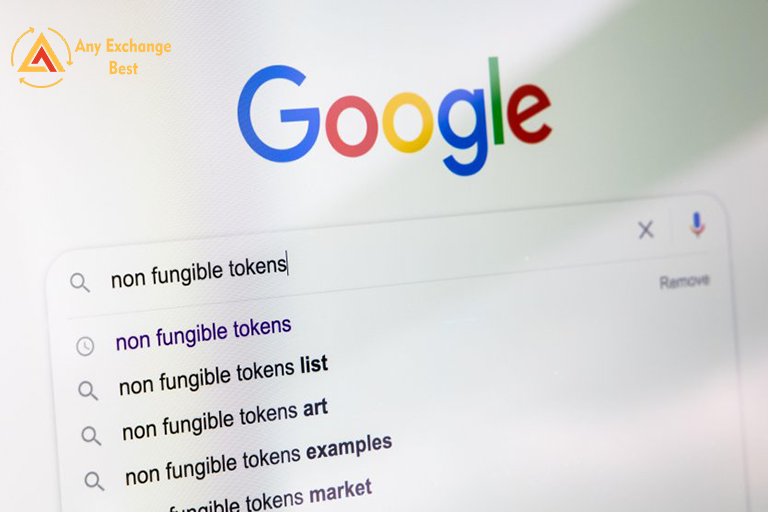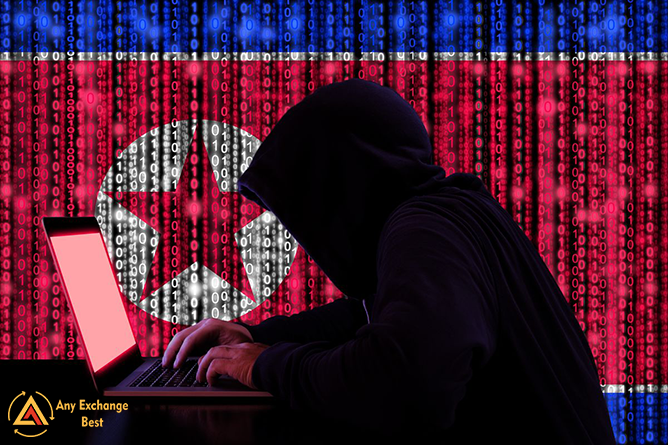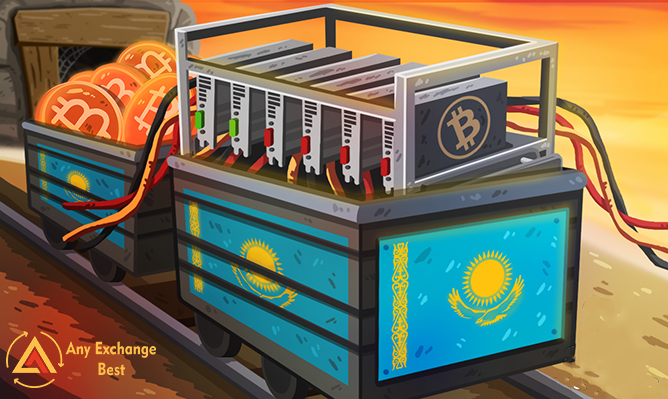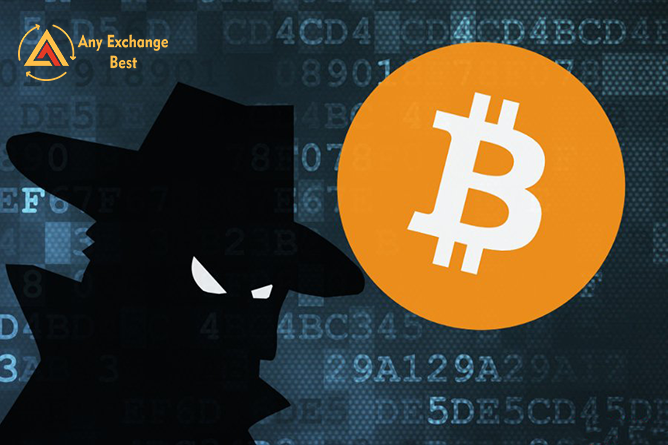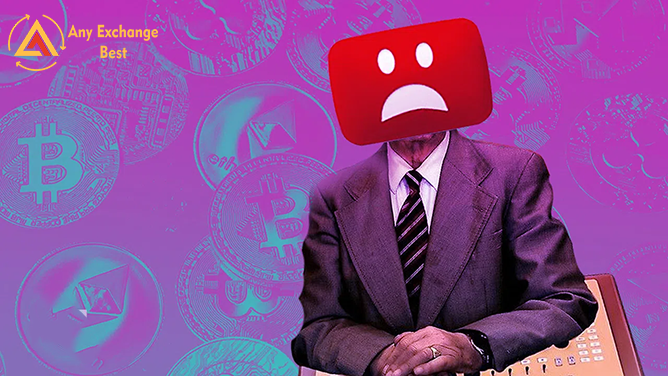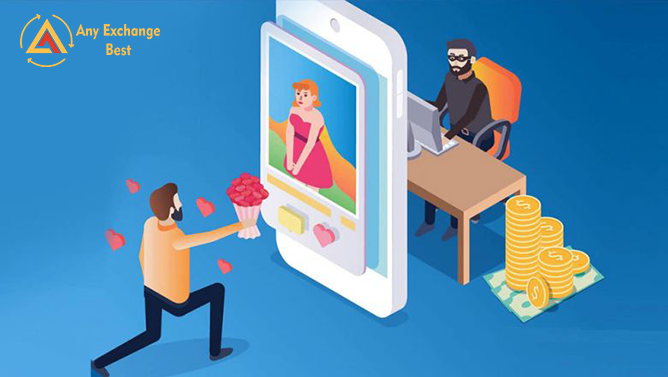More than half of game developers use blockchain technologies in their projects
The Stratis blockchain platform conducted a survey among 197 game developers from the USA and the UK. They wanted to know their opinion about blockchain technologies and their use in games.
It turned out that 58% of respondents already use blockchain in their projects, and 47% have integrated NFT technology. 56% of those who do not use blockchain yet plan to do so in the coming year.
64% believe that blockchain technology will become a trend in the gaming industry over the next two years. Another 53% agree that by then, NFTs will also be more common in games.
To the open question, "What is the use of blockchain technology for games?" 61% said it allows you to distinguish the project from the rest and make the gameplay more enjoyable. Another 55% believe that it encourages players to spend more time in the game because the blockchain allows them to earn real money on their virtual achievements.
46% of developers who already use DeFi in games have implemented it in the "play-earn" model. Another 46% have introduced unique items and artifacts in the NFT format. 42% have launched a game currency backed by a cryptocurrency or token.
Why introduce blockchain into the game?
Blockchain will solve several significant problems of the gaming industry. Namely, the insecurity of money transfers and storage of game currency, copyright infringement, the vulnerability of the development environment, exposure from cheaters, and difficulties in project maintenance.
1. Security of transfers and storage of game currency. Players will be able to make purchases using cryptocurrency. All transactions will take place quickly, without intermediaries, and safely. Also, all your in-game assets and items in the NFT format can be stored in your wallet. Today, in most projects, all purchases are stored on the developer's side. In case of closure, fatal error, or hacker attack, players can lose their money. The blockchain will not allow this to happen.
2.Copyright protection. All concepts can be uploaded to the blockchain, and sketches and art can be turned into NFT. No one will be able to steal and pass off other people's ideas as their own. Developers can very easily prove an attempt of an impudent copy paste.
3.The invulnerability of the development environment. It is almost impossible to slow down a game uploaded to the blockchain. Hacking attempts will not succeed as well.
4.Protection from cheaters. Since all transactions are visible in the blockchain, developers will be able to notice an attempt to steal other people's artifacts and in-game currency in time. It will help them to prevent it.
5. There are no difficulties in the maintenance of projects. Today, expensive data centers are needed to support popular games, which themselves may not be able to cope with the influx of users. As a result, there are hangups, connection problems in entire regions, and critical errors that hit the company's reputation. In the blockchain, the players' devices will themselves ensure the operability of the whole system. Each new installation only expands the power of the game.
Blockchain Games:examples
1.Sandbox
Description: the game can be compared to Minecraft. This is a sandbox where players can create their own worlds and items. Both single and corporate modes are provided.
Using blockchain technologies: players can sell and buy items and cards of others in the NFT format for the ERC SAND token.
2.Splinterlands
Description: a collectible card game where you need to collect decks with heroes and participate in battles.
Using blockchain technologies: players can sell, buy, borrow or rent their cards and decks for DEC currency. Also, for each victory, a reward is credited to the wallet in DEC.
3.Sorare
Description: a football emulator in which the player must collect football players' cards, form teams, and participate in matches.
Using blockchain technologies: for each win, the player receives a reward in cryptocurrency. Also, you can earn money by selling NFT cards for football players.


